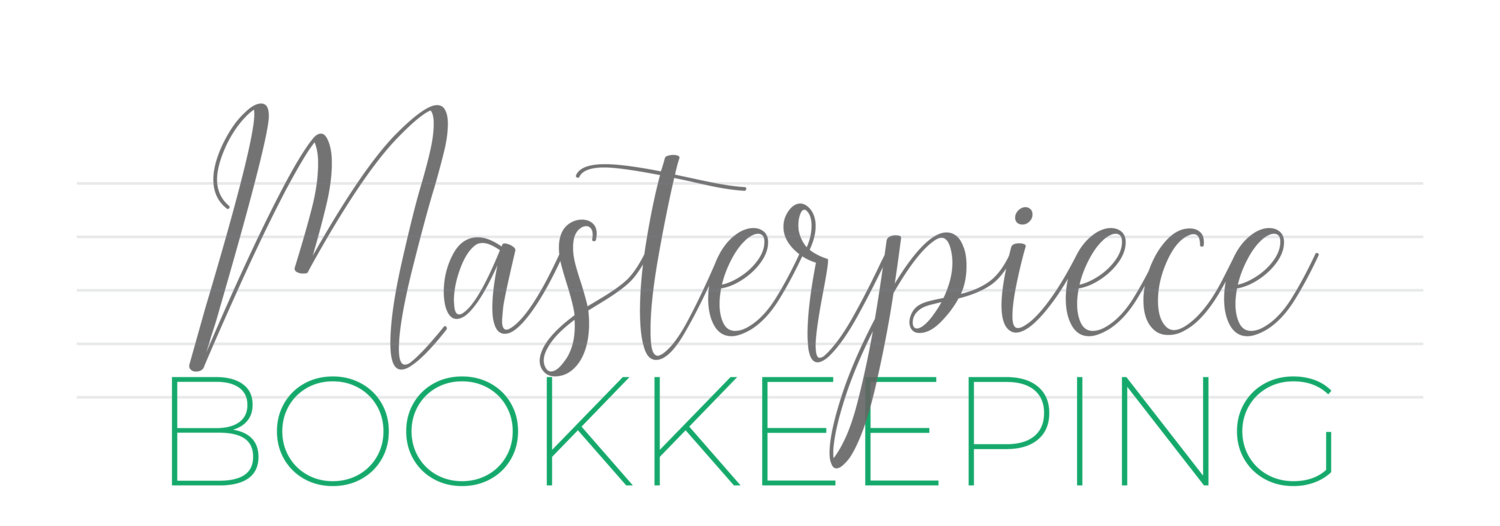This is perhaps one of the biggest questions in making financial decisions in your business, and one of the biggest benefits to having your financials in order. It’s a frequent topic in strategy calls with clients, and something we ask ourselves often.
Can my business afford this? Big purchase, new team member, fill in the blank with whatever you’re considering.
There are a couple ways you can think about this question, depending on if it’s an ongoing or one-time investment. Like any financial planning, one caveat is that it’s much easier if you have good financials/books in place.
Do Projections
Projections is basically looking ahead and planning out how you’re going to spend your money. Don’t think of it as a *cough*budget*cough*, think of it as strategic planning. This method is effective when the new investment will be ongoing, like a new employee.
The easiest way to do this is to get out a trusty spreadsheet. You should start with where you’re at right now (this is where completed P&Ls come in handy because the data is already there). Income at the top, expense categories next, then anything that doesn’t show on the P&L (loan payments, funds set aside, draws to yourself). Add a formula to see what’s left over at the bottom. What do you make in a month? What do you spend? Realistically, what are average numbers you can use to plan?
Do you have enough left over to cover the new recurring expense?
My favorite twist on this is to then add columns for growth. What happens if you add another $2k in revenue each month? Then $2k after that, and so on? How do your expenses change? How can you play with the numbers and what does it look like as you grow?
This can help you figure out at what point you can “afford” to invest in another recurring expenditure, like a new team member, vendor, etc.
Use a Reserve Fund
This is a great strategy for a big one-time investment. I’m a fan of setting funds aside to plan for profit, taxes, and rainy days. You can also build up a vault or reserve fund to spend on bigger investments in your business.
Want to hire a coach? Buy a big piece of equipment? Go to a conference? Save up for it, piggy bank style (without the actual piggy bank).
Combining Strategies
Here’s where it gets interesting. Sometimes it doesn’t make sense to wait until you can fully cover a new recurring expense with your operations, because you need that thing/person to help you grow. So we combine the above strategies. I especially like this when investing in a new hire that will contribute to the business (sales, production that will lead to sales, etc).
First, save 3-6 months of their salary in a reserve fund, so you know you can cover it in the beginning while they are onboarding. Then, using your projections, know what revenue level you need to hit over the next few months so that you can pay their salary in the course of your normal operations.
What about one-time purchases for which it’s not realistic to save the whole amount? Perhaps it’s a really large purchase that would take too long and you need it sooner. In this case, you could consider a loan. You’d need to save up for the down payment (if applicable), and then make sure you can cover the recurring loan payments using your projections.
Ultimately, no one has a crystal ball. Your projections won’t be perfect. With a little planning, though, you can have a good handle on what your business can afford now and in the future.
Other Great Reads:

